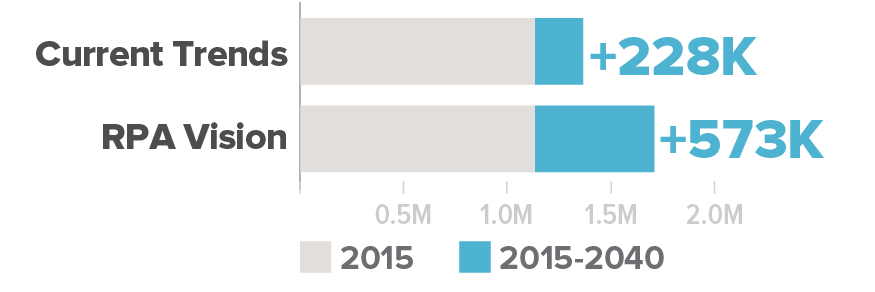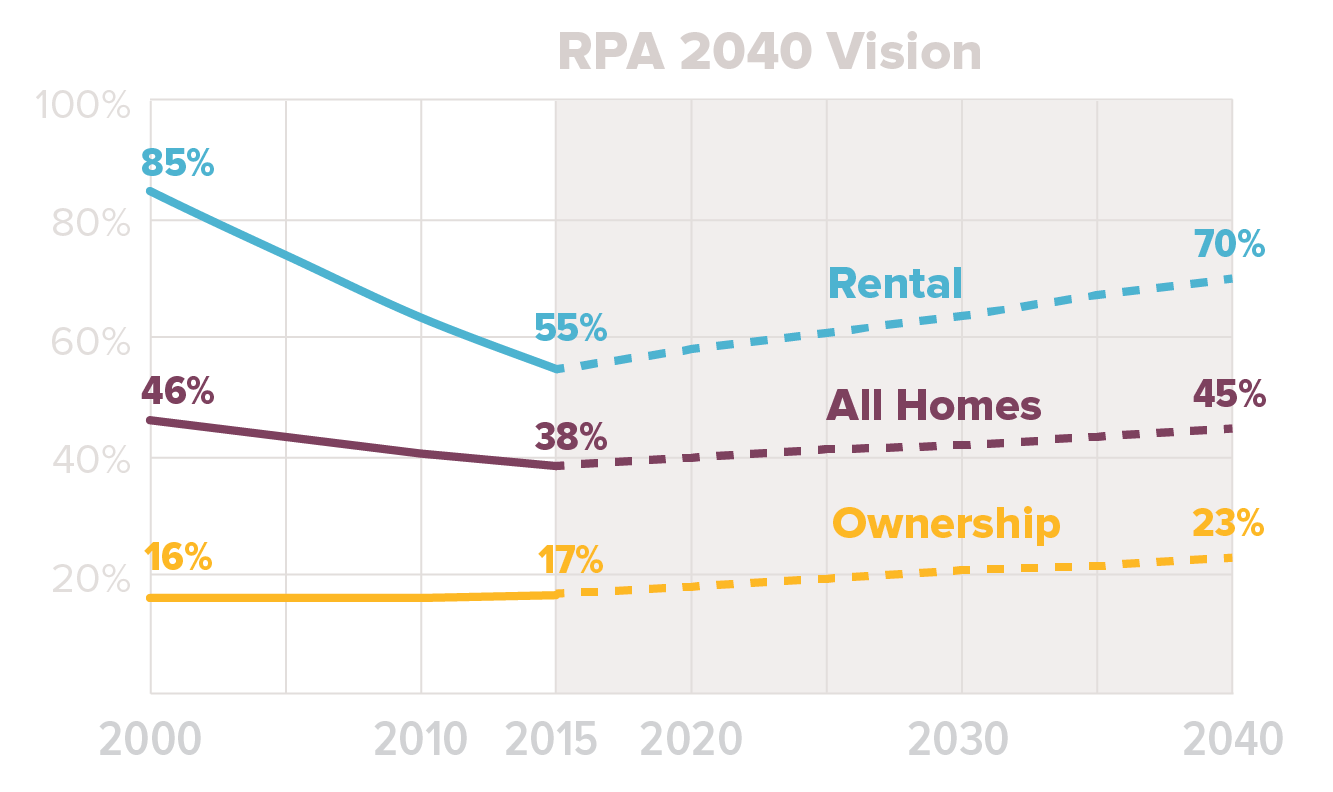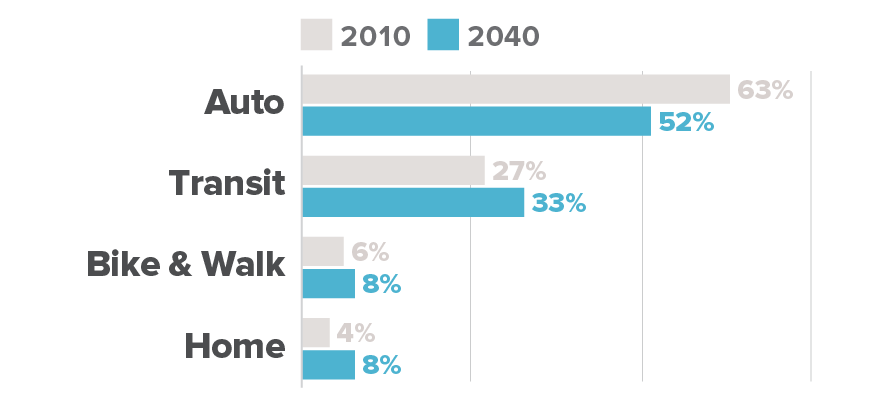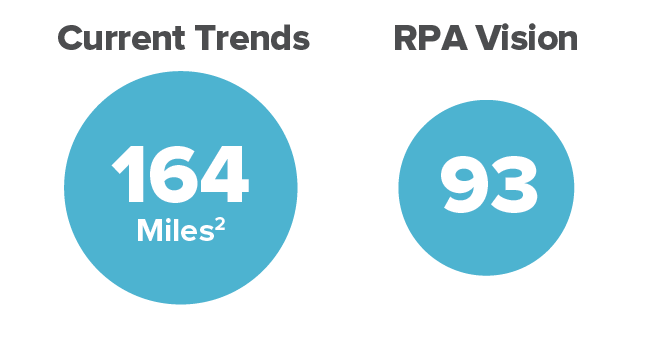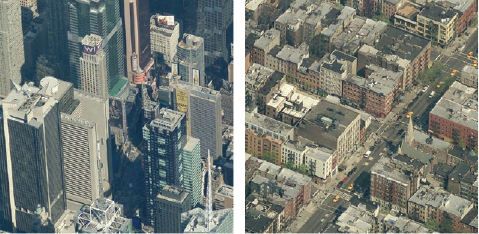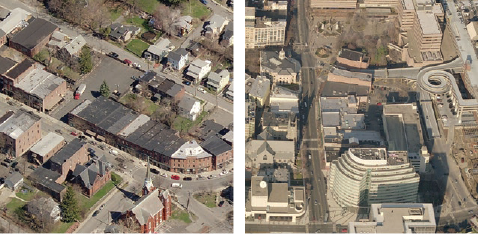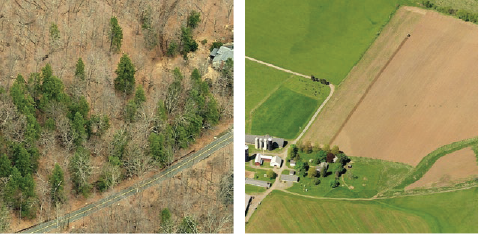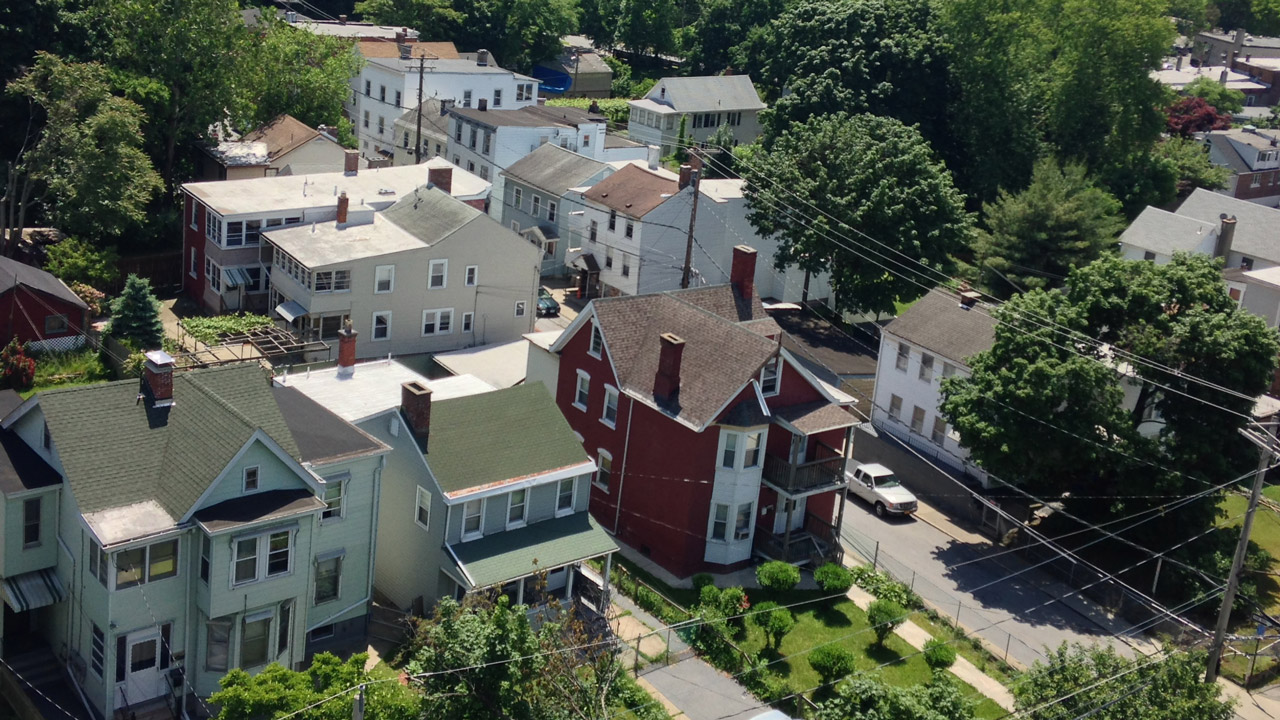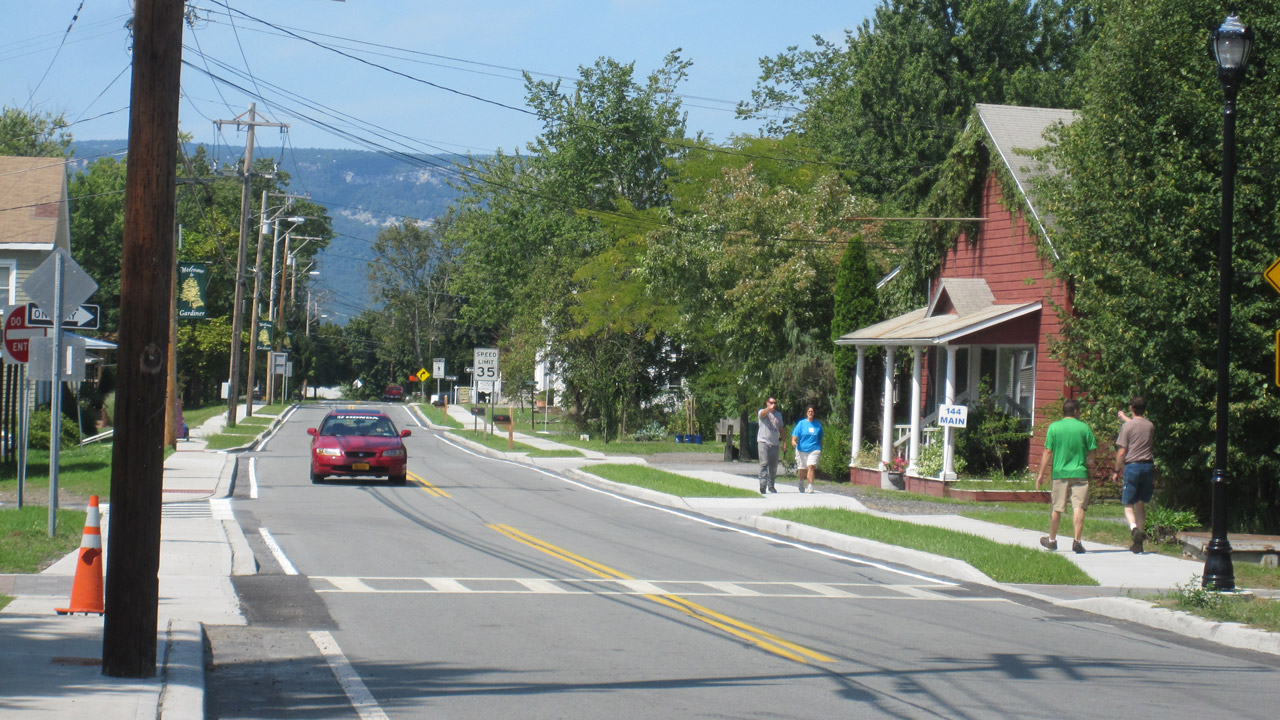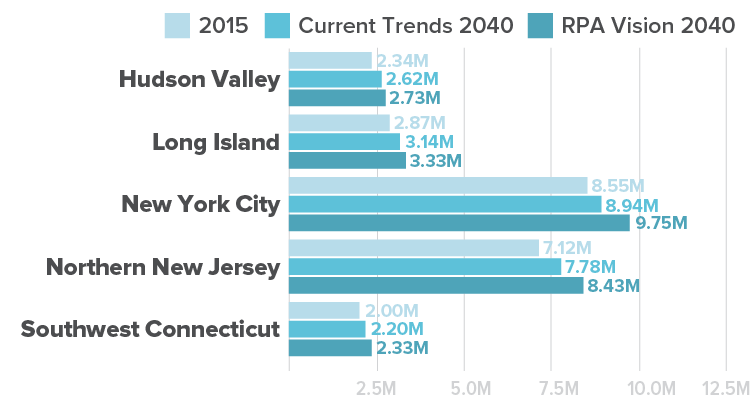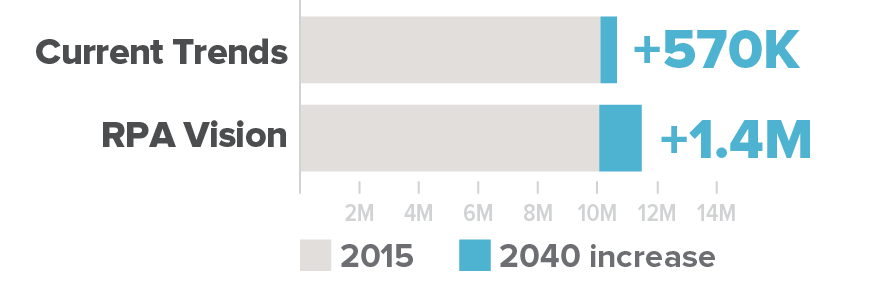A generation from now, the New York-New Jersey-Connecticut metropolitan area could be a place that fulfills its promise of equal opportunity; a coastal region that shows the rest of the world how to adapt and prosper in an age of rising seas and temperatures; and a global hub that harnesses its immense resources and innovative talent to make this fast-paced, expensive metropolis an easier, healthier and more affordable place to live and work.
But for now, a child born in 2016 faces a far different future…
The path we’re on
If current trends continue, 20% of our children will grow up poor, and most of them will never make it to the middle class. The average family will earn less and spend a greater share of its income on housing and transportation. By 2050, more than two million people will live in places vulnerable to repeated destruction and inundation from storms and flooding. New York’s ascendance in the global economy could be a distant memory, as more nimble and organized metropolitan areas surpass us by investing in technology, transportation and the health and education of their residents.
A new course
To change course, our fragmented government institutions will need to greatly increase both the level and effectiveness of investments in infrastructure and housing. Both the poor and middle class will need access to more well-paying jobs and better schools. Our homes and workplaces will need to be far more energy-efficient, and much more resilient to the impacts of climate change. Rather than resist growth and change, we can capitalize on an expanding economy to reduce poverty, improve health, make the region more affordable, protect and enhance our natural environment and insure that benefits of growth are broadly shared.
To visualize what we are capable of achieving, as well as the dangers of staying on our current course, RPA has developed an aspirational vision for the metropolitan region. This framework draws on three years of research, analysis and engagement with policy experts, civic groups and community members throughout the tri-state area.
We invite comments on the goals and concepts that are represented here.




